
Picture this: the Hunga Tonga-Hunga Ha’apai volcano erupts in 2022 with the force of hundreds of nuclear bombs. It shocked the world, but here’s the twist: Scientists detected faint seismic signals just 15 minutes before the explosion. Could those signals be the key to saving lives in the future? Let’s break it down.
The Eruption Heard Around the World
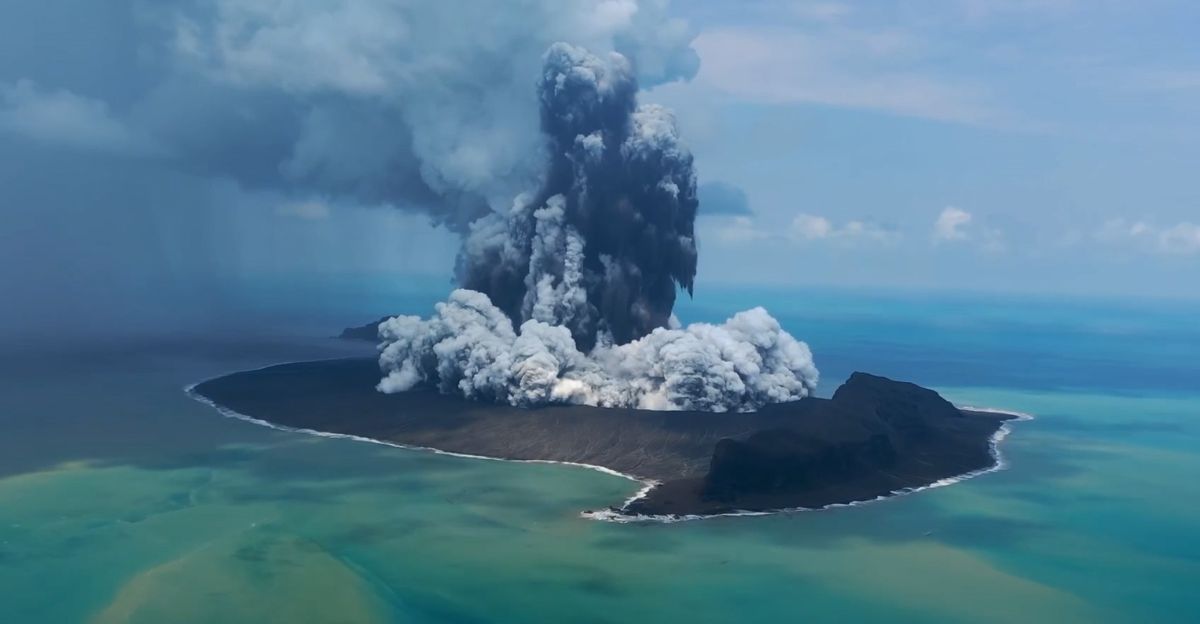
On January 15, 2022, the Tonga volcano didn’t just erupt—it made history. The blast sent ash 50 kilometers into the air and triggered tsunamis that rippled across oceans, reaching as far as Alaska. It’s been called one of the most explosive eruptions in modern times, and its impact? Global.
A Hidden Warning Beneath the Waves

15 minutes before the eruption, scientists detected something unusual: faint seismic waves, called Rayleigh waves. These signals traveled through the Earth’s surface, indicating something big was about to happen. It’s like the volcano gave a subtle warning, but not loud enough for anyone to act upon.
What Are Rayleigh Waves?

Think of Rayleigh waves as the Earth’s version of a ripple effect. They roll through the ground, causing both vertical and horizontal movement. In this case, they were triggered by intense geological activity beneath the volcano, serving as an early clue for a probable eruption.
The Ocean’s Dangerous Mix

So what caused the explosion? Scientists believe seawater seeped into cracks in the volcano’s surface and mixed with magma. The result? A quick buildup of steam and pressure, leads to a violent blast. It’s like shaking a soda bottle and opening it, times a million.
The Role of Seismic Monitoring
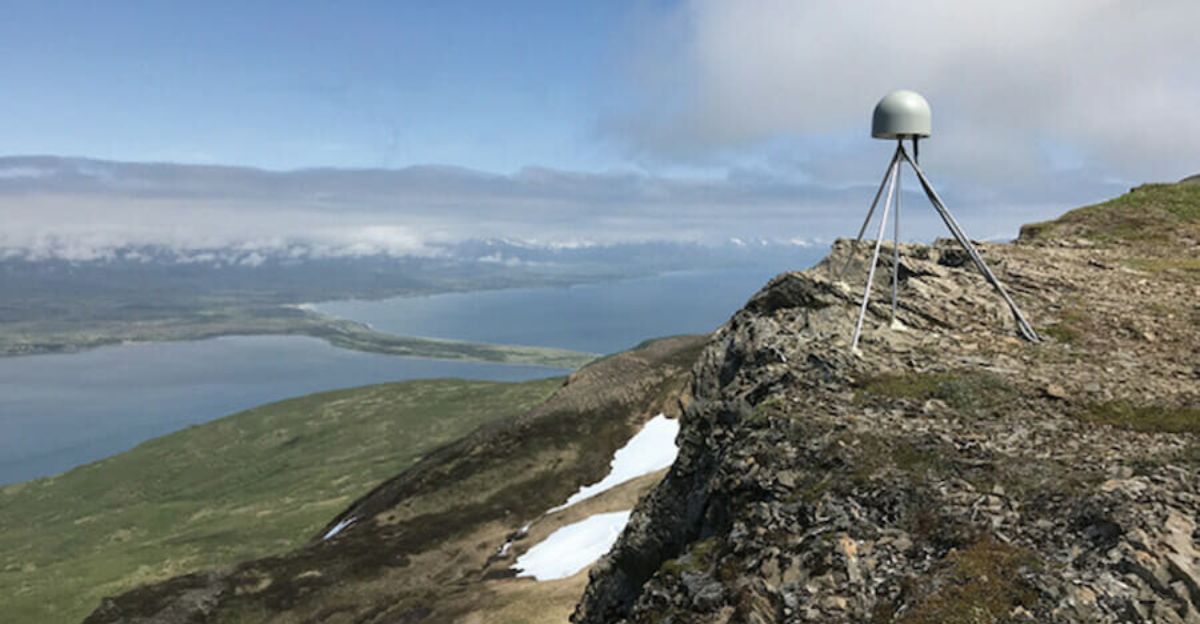
Here’s why this matters: those Rayleigh waves could serve as early warning signals for future eruptions. If scientists can fine-tune seismic monitoring systems, they could detect these warnings in time to warn coastal communities and potentially save lives.
Why Undersea Volcanoes Are So Tricky

Undersea volcanoes are notoriously hard to monitor. Unlike land-based volcanoes, they’re hidden beneath layers of water that dampen seismic signals. But advances in technology, like underwater seismic sensors, are helping scientists get better at spotting these hidden giants.
Tsunami Warnings: The Clock Is Ticking
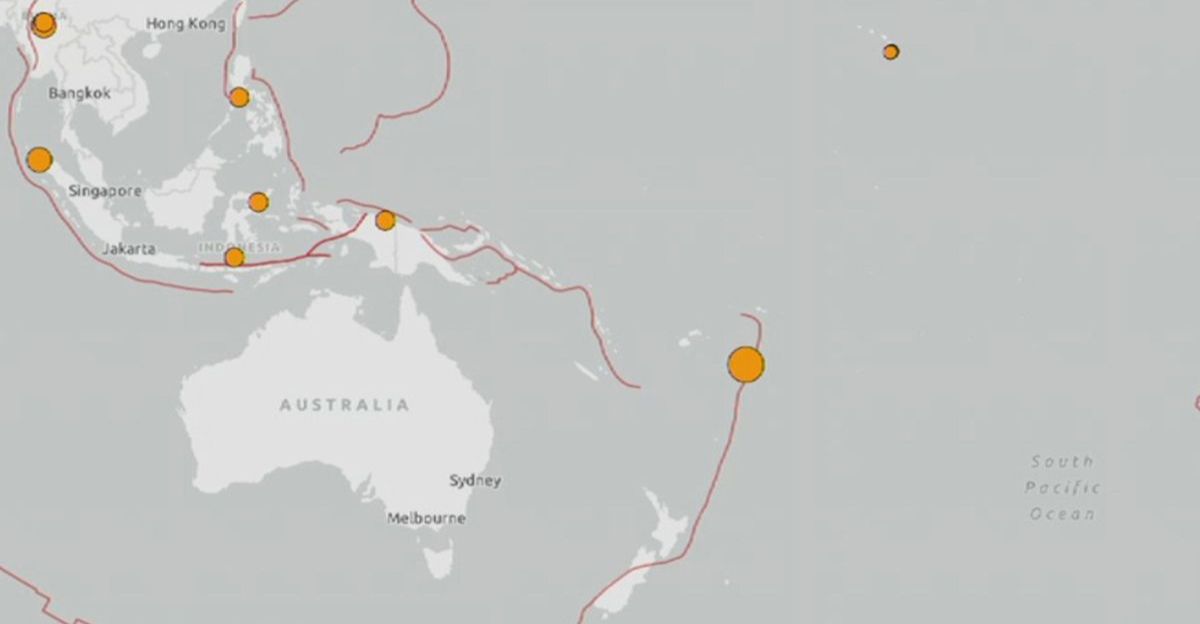
One of the biggest concerns with eruptions like this is the tsunamis they trigger. In the case of Tonga, a 15-minute warning might not seem like much, but it could mean the difference between life and death for those living along coastlines.
The Global Impact of the Eruption
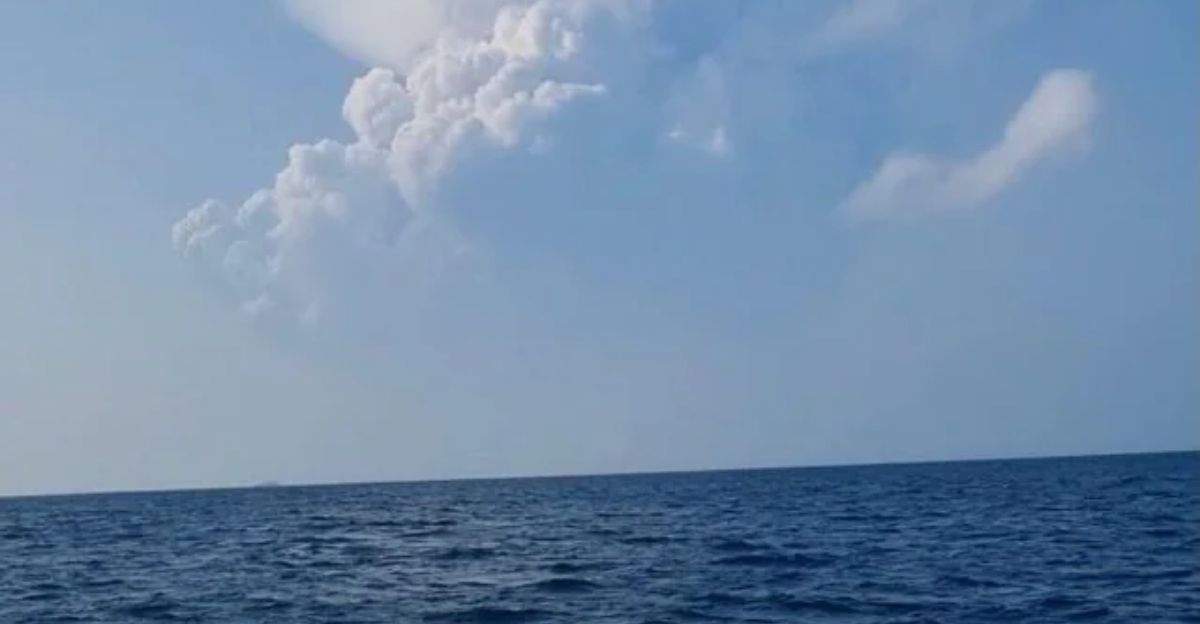
This wasn’t just a local disaster, it was global. The eruption’s shockwaves circled the Earth multiple times, affecting weather patterns and even causing temporary changes in atmospheric pressure. It’s a stark reminder of how interconnected our planet truly is.
Lessons for Future Volcanic Monitoring
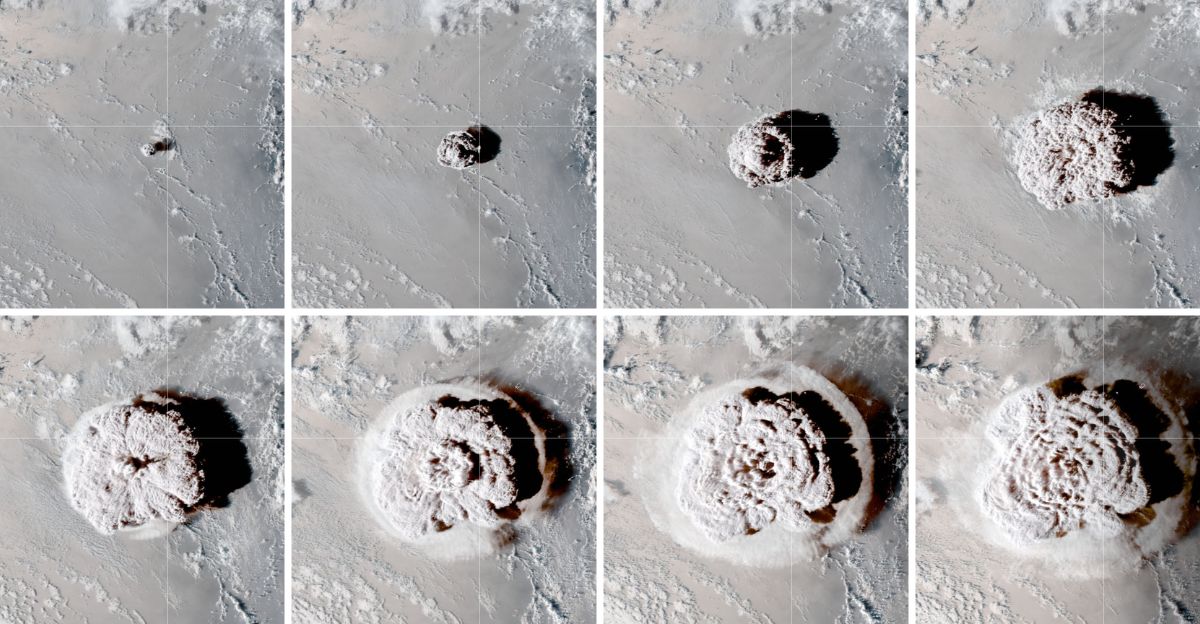
This eruption taught scientists a lot. They are refining their understanding of undersea volcanoes by studying the seismic signals and environmental impacts. The goal? To create better models and early warning systems that can prevent future disasters.
The Push for International Collaboration
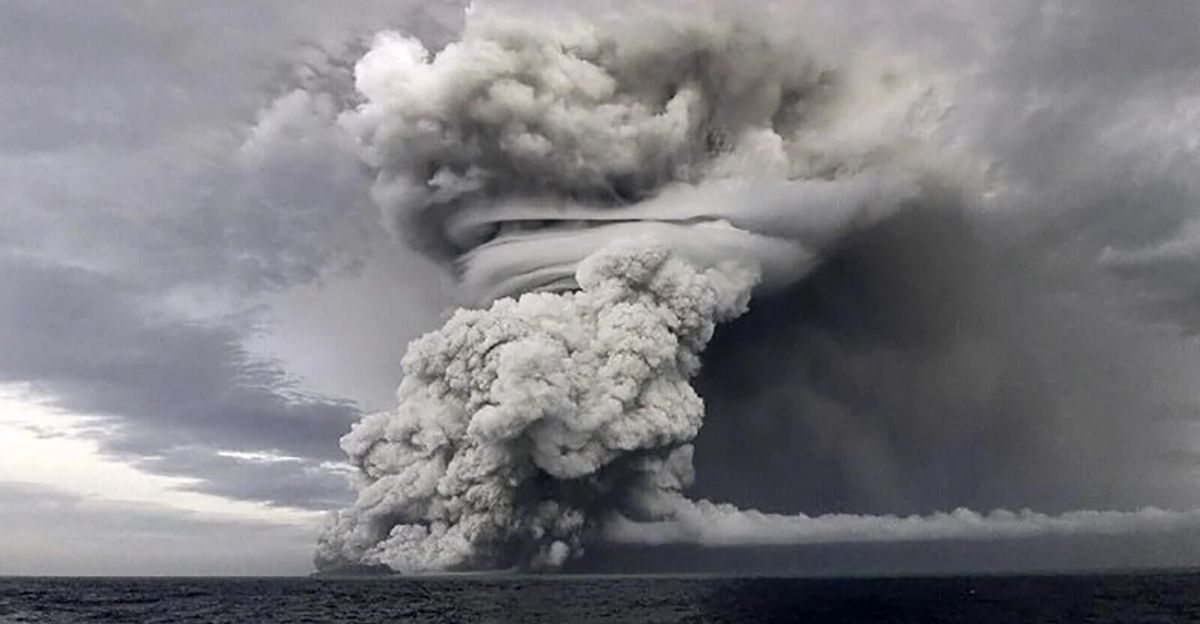
No single country can tackle undersea volcano monitoring alone. It’s a global effort that requires shared resources, data, and expertise. After all, natural disasters don’t respect borders, and neither should our solutions.
Technology’s Role in Saving Lives
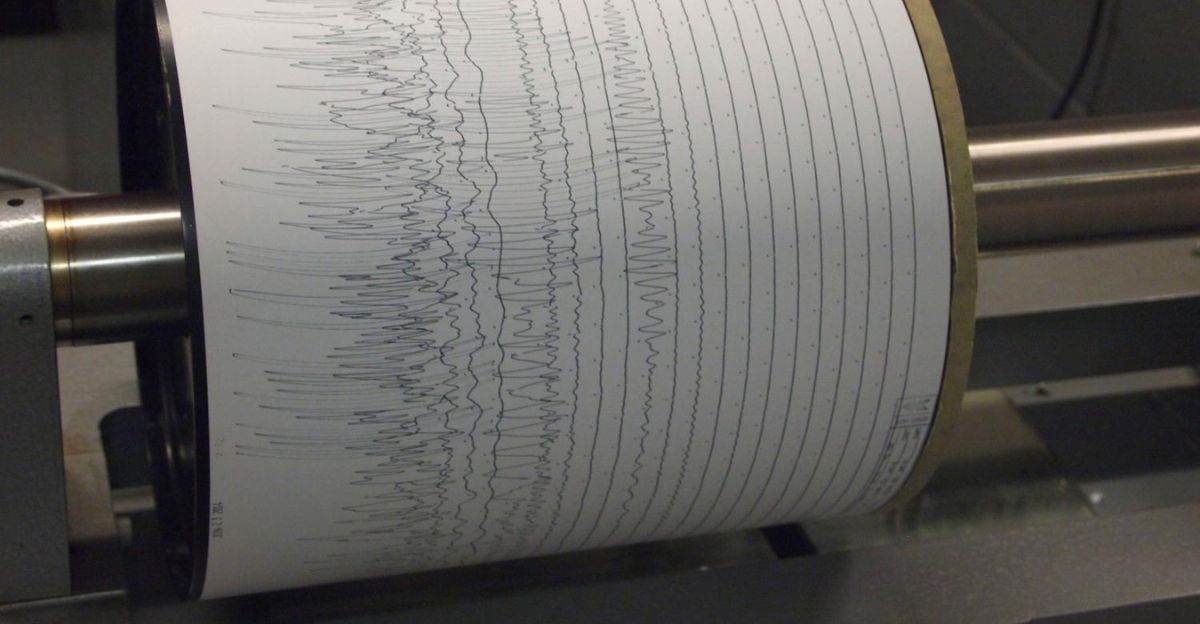
Advances in technology like AI for seismic data analysis and underwater drones are game-changers. These tools make it easier to spot early warning signs and react faster. The Tonga eruption has pushed scientists to think bigger and innovate smarter.
Preparing Communities for the Worst

Even with better monitoring, public awareness and preparedness are essential. Educating communities about volcanic risks and evacuation plans could mean the difference between panic and safety. The key is turning knowledge into action.
Turning Warnings Into Action

Discovering the 15-minute warning before Tonga’s eruption was a breakthrough, but it’s just the beginning. With better monitoring, global collaboration, and public education, we can use these signals to save lives. Nature may be unpredictable, but science is catching up.
Explore more of our trending stories and hit Follow to keep them coming to your feed!

Don’t miss out on more stories like this! Hit the Follow button at the top of this article to stay updated with the latest news. Share your thoughts in the comments—we’d love to hear from you!







